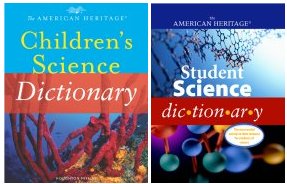How super are superfruits? Additional Information
Learn more about antioxidants at en.wikipedia.org/wiki/Antioxidant(Wikipedia).
More information about superfoods is available at en.wikipedia.org/wiki/Superfoods (Wikipedia).
Information for middle school kids about food and nutrition can be found at www.fns.usda.gov/tn/(U.S. Department of Agriculture).
Some tips for making your meals more colorful can be found at www.5aday.org/html/recipes/recipetips.php (Produce for Better Health Foundation).
Raloff, Janet. 2005. Food colorings. Science News 167(Jan. 8):27-29. Available at: http://www.sciencenews.org/articles/20050108/bob9.asp.
Sohn, Emily. 2008. Healing honey. Science News for Kids (Feb. 6). Available at http://www.sciencenewsforkids.org/2008/02/healing-honey-2/.
______. 2008. Sweeeet! The skinny on sugar substitutes. Science News for Kids (Jan. 9). Available at http://www.sciencenewsforkids.org/2008/01/sweeeet-the-skinny-on-sugar-substitutes-2/.
______. 2004. Building a food pyramid. Science News for Kids (Feb. 18). Available at http://www.sciencenewsforkids.org/2004/02/building-a-food-pyramid-2/.
Webb, Sarah. 2005. The color of health. Science News for Kids (March 2). Available at http://www.sciencenewsforkids.org/2005/02/the-color-of-health-2/.
Power Words
antioxidant A chemical that inhibits reactions triggered by oxygen and other oxidants.
exotic Things that are not native to or do not naturally occur in an area in which they’re found, seen, or sold.
free radical An atom or group of atoms (such as a molecular fragment) that has at least one unpaired electron and that tries to steal a replacement electron from an adjacent atom or molecule. The theft of an electron by the first free radical can make a free radical of the victim, in turn creating a cascade of electron thefts. When this cascade of events happens in the body, it can damage or destroy a cell.
fruit This is the reproductive portion of a plant, usually containing a sweet and edible fleshy pulp surrounding seeds.
oxidant An atom or group of atoms that can steal one or more electrons from some adjacent atom, ion, or molecule.
phytochemical A chemical produced naturally by plants.
Copyright © 2002, 2003 Houghton-Mifflin Company. All rights reserved. Used with permission.
